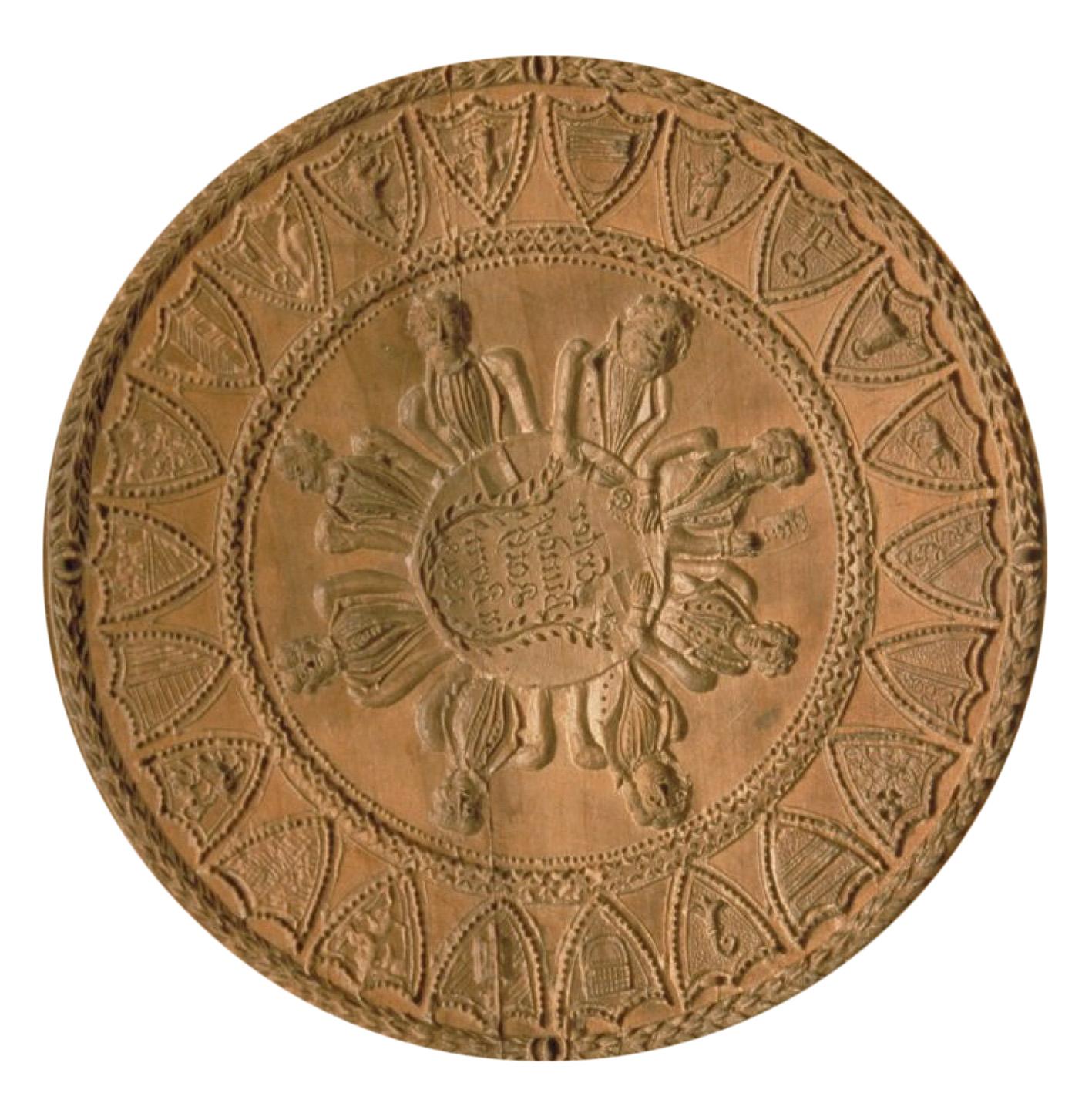
1291
Old Confederation:
Alliances
Shifting alliances between cities and outlying areas served to maintain internal political order and external independence. In 1291 the original forest cantons of Uri, Schwyz and Unterwalden entered into the first documented alliance. In the following centuries, the Confederation continued to grow through alliances and territorial conquests.

1798-1802
Helvetic Republic:
Unitary state under foreign control
Following the French invasion in 1798, the Confederation was transformed into the Helvetic Republic: a unitary state ruled from Paris.

1803-1814
Mediation:
Loose foreign control
After civil wars broke out between federalists and supporters of the Helvetic Republic, Napoleon ordered a constitution based on the Act of Mediation, which restored some autonomy to the cantons and set most of the cantonal borders.

1815
Federal Treaty:
Neutrality and alliance of states
With the defeat of Napoleon, the great European powers recognised Swiss neutrality and set Switzerland’s borders as they are today. The Federal Treaty of 1815 brought together the various federal alliances into a single confederation of states.

1847-1848
Sonderbund War:
Liberals against conservatives
Diverging views on how the Confederation would be organised led to a civil war between liberal and Catholic conservative cantons. It was a war from which liberal forces emerged victorious.

1848
Federal Constitution:
Democratic federal state
The Federal Constitution provided most citizens (men) with various rights and freedoms, including the right to vote and be elected. The bicameral system was introduced at federal level with the National Council and Council of States electing the Federal Council. Some powers were centralised. Switzerland developed into a unitary judicial and economic area.

1874, 1891
Expanded democracy:
Initiative, referendum
The revised Federal Constitution transferred more tasks to the federal government and broadened democratic rights at federal level. The referendum was introduced in 1874 and the popular initiative in 1891.

1914-1918
First World War, General strike:
Socialist ideas
Poverty and unemployment during the First World War and socialist ideas from the Russian Revolution culminated in a general strike in 1918.

1919, 1929
Proportional representation:
Towards consensus democracy
In 1919, the National Council was elected on a proportional basis and a second Catholic Conservative (The Centre today) entered the Federal Council. A member of the Farmers’, Trades’ and Citizens’ Party (SVP today) entered the Federal Council in 1929.

1939-1945
Second World War:
Inclusion of the Left
Against the backdrop of the Second World War, the political forces from left to right moved closer together. In 1943 Parliament elected a Social Democrat into government, and in 1951 the left-wing party gained a second seat on the Federal Council. Since 1959, the Federal Council has comprised members from four political parties (‘magic formula’).

1971
Equal opportunities:
Women’s franchise
In February 1971 66% of the electorate, then exclusively male, voted in favour of the women’s franchise at federal level. Most cantons and communes also gave women the vote following this decision.

2000
Third Federal Constitution:
Continuity and openness
The totally revised Federal Constitution regulated the division of tasks between the Confederation and the cantons. In 2000, Swiss voters approved the bilateral agreements between Switzerland and the European Union. Two years later they voted in favour of joining the United Nations.